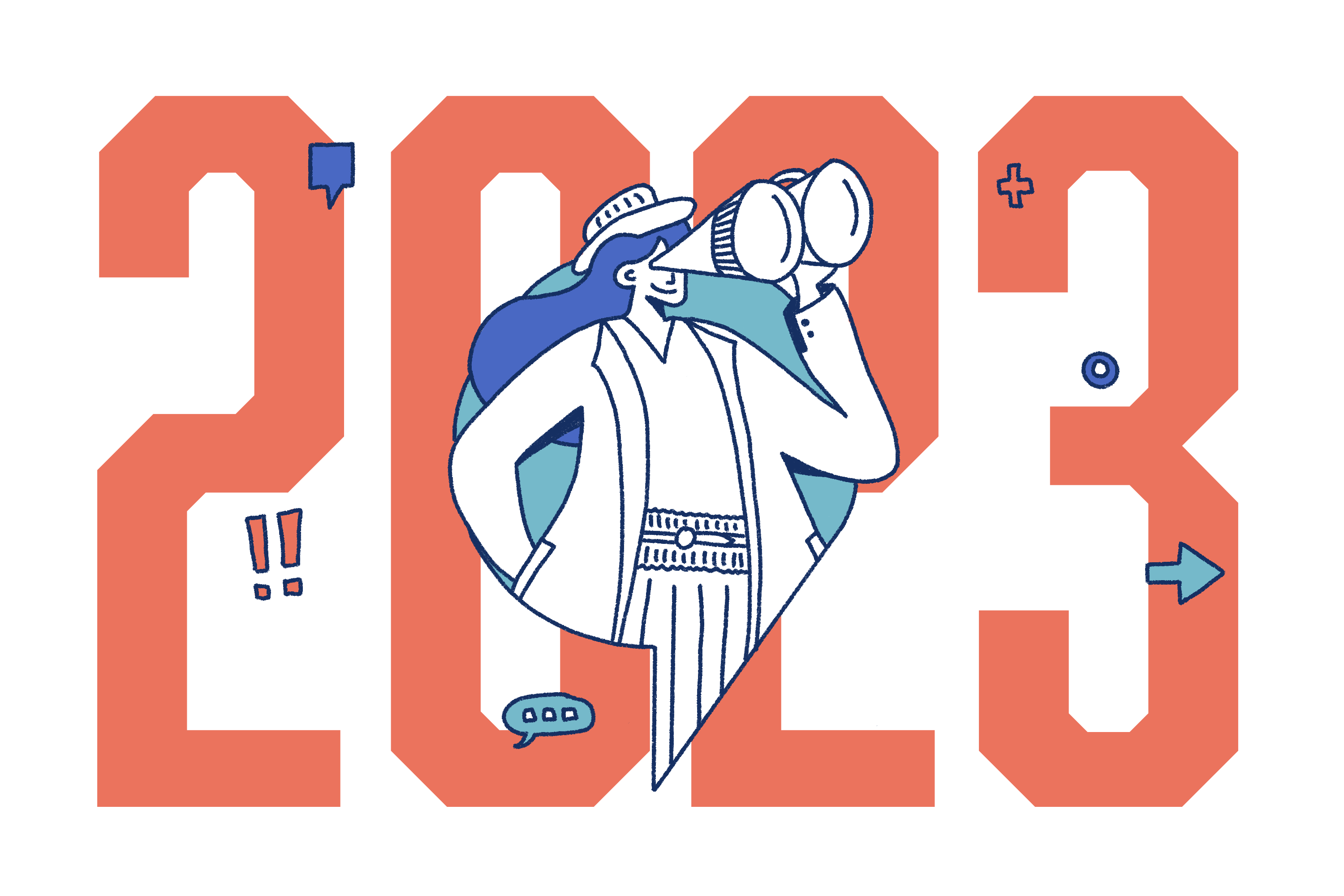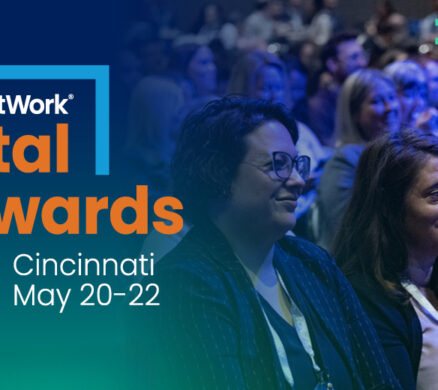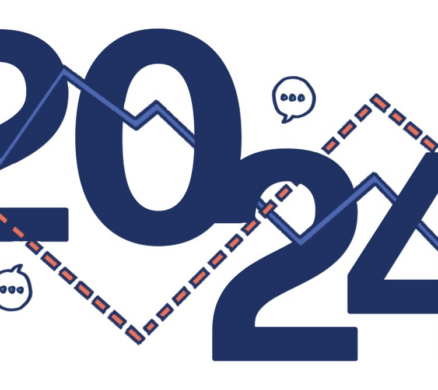
It’s easy to make a business case for strategic benefit communications — just consider these statistics:
- Employees were 25% more likely in 2022 than they were in 2012 to say that benefits are an important reason they came to their current employer.
- 52% of employees note that health and wellness programs are necessary benefits to accept a new job offer.
- And employees who clearly understand what’s covered in their benefits package are 101% more likely to trust company leadership.1
Employee benefits remain crucial to recruitment and retention, so a benefit communications strategy should be at the top of your to-do list. As you head into 2023, here are five benefit communication trends we think should be on your radar in 2023:
How health equity is vital for recruitment and retention
Many HR professionals are beginning to dip their toes into this area. They know it’s the right thing to do but are still discovering what it means to bring an equity lens to benefits. For most, it means looking at access, utilization, and relevancy. Ideas shared during a recent webinar on the topic included tiering premiums to be compensation-based, removing accrual requirements, and complementing benefits with cash incentives.2
As employers evaluate benefits from racial, generational, pay level, family situation, and job type perspectives, it will be important to communicate how benefits have been tailored to be fair to and inclusive of all employees. You can also use data to personalize communications or encourage certain behaviors, such as scheduling preventive care or participating in a condition management program.
Using different communications and messages for different audiences
Within one company, there are typically several workforces—different by age, life stage, type of work, etc. While it would be simpler to have one communication for all, it’s generally ineffective. Your communication plans should reflect a diverse employee demographics in both the communication channels and timing.
Additionally, communications should be relevant and personalized—and the key to doing that generally starts with data. Westcomm has been leveraging data for years. Read this example of how we helped different employee age groups maximize their retirement benefit.
Use storytelling to make employee benefits relatable
Today’s communicators feel like they’re doing a juggling act. They don’t want to add to the information overload that employees experience. Yet, if they don’t provide enough information and relevancy, employees may not realize the value of a particular benefit.
Storytelling is a great way to bridge that gap. Scenarios and real-life examples help employees make connections and find value in a benefit, which can increase engagement. Podcasts and videos are a great way to share stories and make benefits relatable Here’s an example of how one organization connected and showcased employees as the reason for the benefits they offer:
Leveraging programs and resources for social health
Employers looking to improve social health can turn to affinity and employee resource groups, volunteer opportunities, networking, team events, and family-friendly gatherings.1 that provide a way to do this in person (i.e., support groups and fitness centers) or online (i.e., virtual chat rooms, safe space forums) are growing in popularity.
Internal platforms, like Slack, Yammer, and Firstup, are also providing ways to encourage connections and, as a result, the social health of workforces. One Westcomm client uses Yammer as part of its mental health communications. They conduct quick polls to gauge employee thoughts on topics like goal-setting, mental breaks throughout the day, and more.
Back to the basics for benefits education
Employees need to understand what their benefits cover. But, today, only two-thirds of employees—and only 56% of Generation Z employees (many choosing benefits for the first time)—say their employers’ benefits communications are easy to understand.
Benefit 101 materials will go a long way in helping your employee population get the most out of their benefits. Westcomm has helped companies create communications that explain baseline benefit concepts like what an HSA is and how it’s different from an FSA, in-network versus out-of-network (and the cost difference to the employee), and the various health insurance terms (premium, deductible, coinsurance, etc.).
Need help?
If you’re ready to start planning your benefit communications strategy for the year, we’re here to help. Simply reach out at helloindy@westcomm.com to learn more.
1 MetLife’s 20th Annual U.S. Employee Benefit Trends Study 2022
2 Confronting the Health Equity Gap Jellyvision webinar
3 Quill Podcasting Blog





